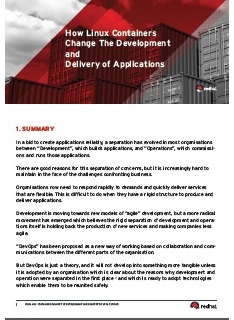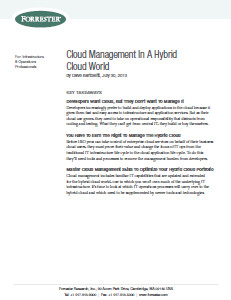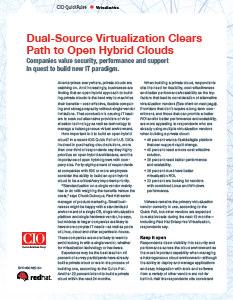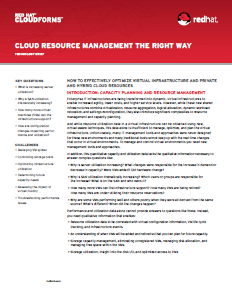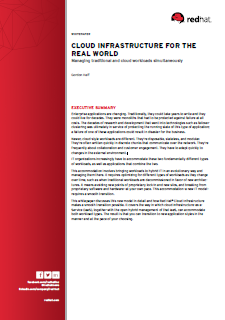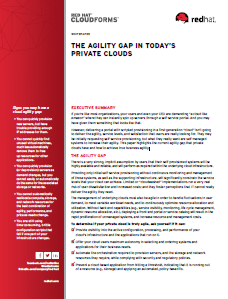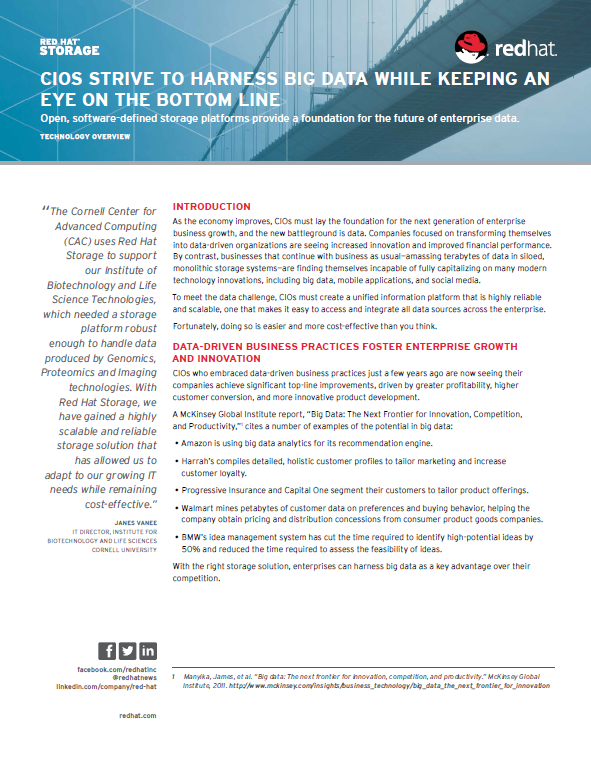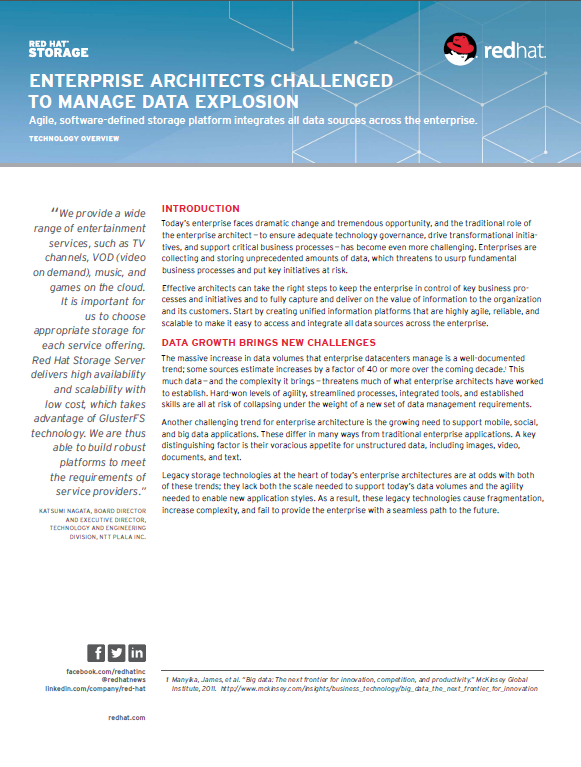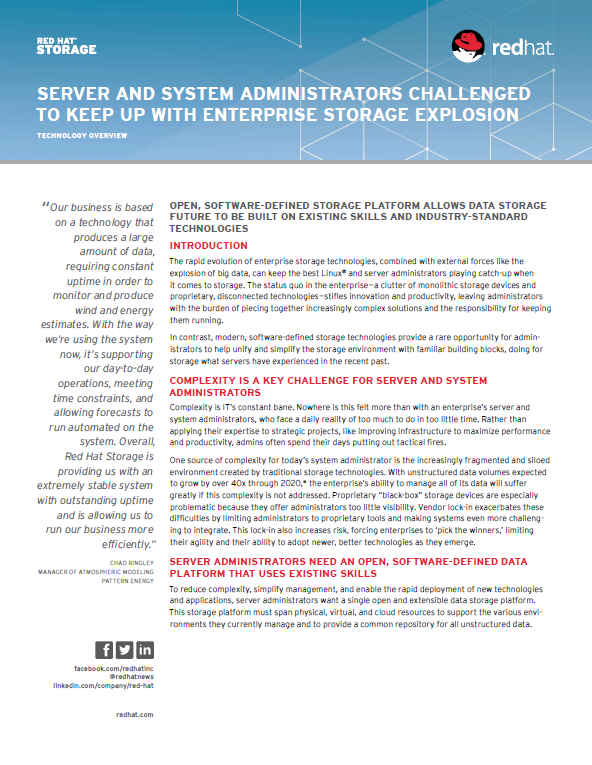How Linux Containers Change The Development and Delivery of Applications
This paper argues that DevOps can be implemented productively if the two disciplines adopt a “cloud” model for production and consumption of services. It also argues that Linux containers are a very powerful and convenient technology change to enable this model as long as they are used with appropriate automation and management technologies.
